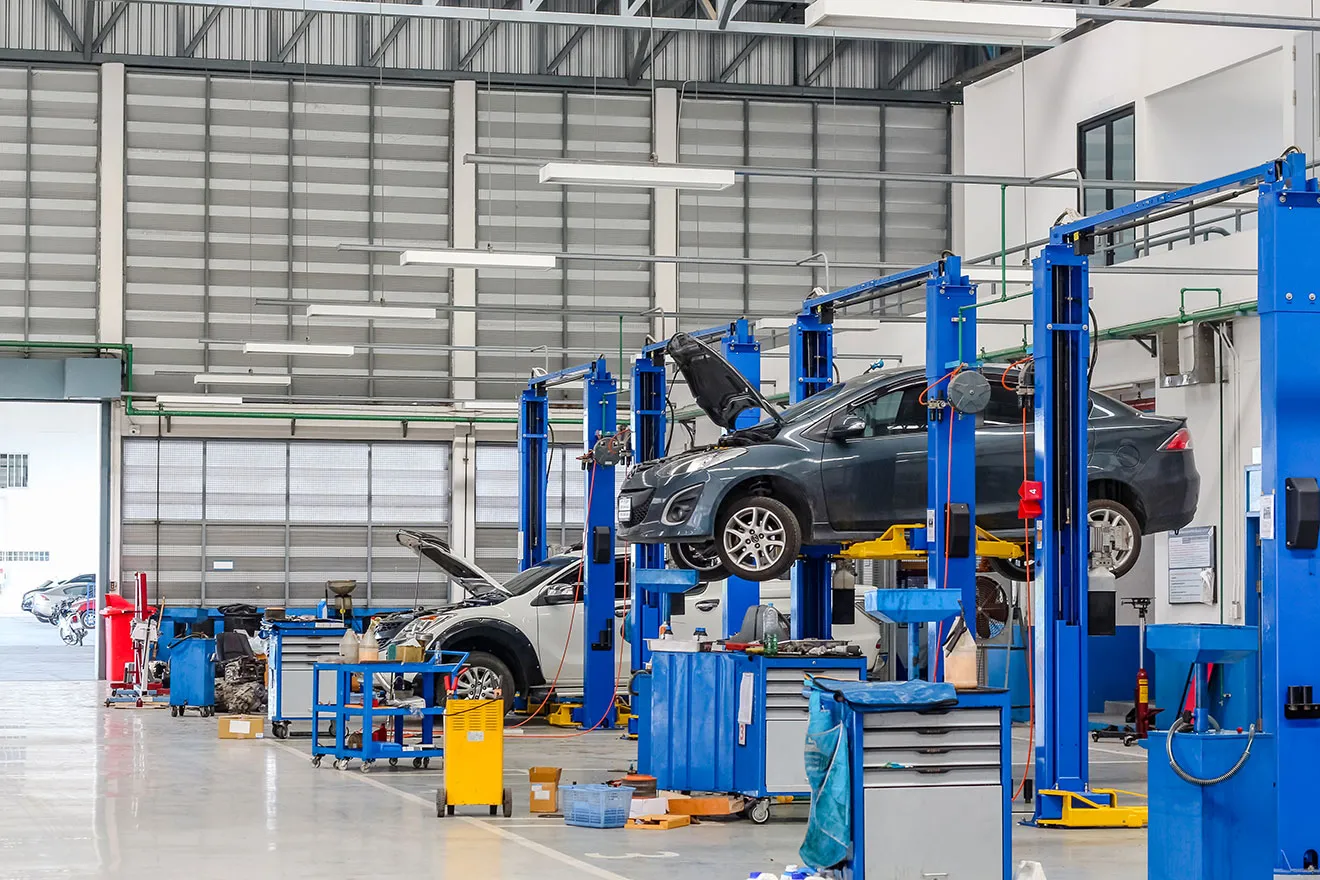Harnessing the power of the sun is a smart, sustainable choice for both residential and commercial properties. Solar energy not only reduces electricity bills but also contributes to a greener planet. This comprehensive guide will walk you through the solar installation process and provide essential maintenance tips to ensure your system operates efficiently for years to come.
Step-by-Step Solar Installation Process
1. Assess Your Energy Needs
Before embarking on your solar journey, evaluate your energy consumption. Review your electricity bills to determine your average monthly usage. This helps in designing a system that meets your energy requirements.
2. Site Evaluation
A site evaluation is crucial to determine the suitability of your property for solar installation. Consider factors such as:
- Roof orientation and tilt
- Shading from trees or nearby structures
- Available roof space
- Structural integrity of the roof
3. Choose the Right Solar Panels
There are different types of solar panels available, each with its own advantages:
- Monocrystalline: High efficiency, longer lifespan, but more expensive.
- Polycrystalline: Lower cost, slightly less efficient than monocrystalline.
- Thin-Film: Flexible, lightweight, but lower efficiency.
4. Select a Reputable Installer
Choose a certified and experienced solar installer. Request quotes from multiple companies, check their credentials, and read reviews. A good installer will conduct a thorough site evaluation, design a custom system, and handle all necessary permits.
5. Design and Permitting
Your installer will design a solar system tailored to your energy needs and site conditions. They will also handle the permitting process, ensuring compliance with local regulations and utility requirements.
6. Installation
The installation process typically involves:
- Mounting the solar panels on the roof or ground
- Installing the inverter to convert DC power to AC power
- Connecting the system to your electrical panel
- Setting up monitoring systems to track performance
7. Inspection and Interconnection
After installation, the system must pass inspections by local authorities and the utility company. Once approved, the system is connected to the grid, and you can start generating solar power.
Solar Maintenance Tips
1. Regular Cleaning
Dirt, dust, and debris can reduce the efficiency of your solar panels. Clean them regularly with water and a soft brush or hire a professional cleaning service. Avoid using harsh chemicals that could damage the panels.
2. Inspect for Damage
Periodically inspect your solar panels and mounting hardware for any signs of damage or wear. Look for cracks, loose connections, or corrosion. Address any issues promptly to prevent further damage.
3. Monitor Performance
Use the monitoring system installed with your solar setup to track performance. Look for significant drops in energy production, which could indicate a problem. Monitoring helps in early detection of issues.
4. Maintain Inverters and Batteries
Inverters and batteries (if you have a storage system) require regular maintenance. Keep inverters clean and ensure they are properly ventilated. For batteries, check the manufacturer’s guidelines for maintenance and replacement.
5. Schedule Professional Maintenance
Annual professional inspections and maintenance are recommended. A qualified technician can check electrical connections, test the performance, and ensure your system is operating at peak efficiency.
6. Keep Records
Maintain detailed records of your solar system, including installation documents, warranties, maintenance schedules, and performance data. This information is valuable for troubleshooting and potential resale of your property.
Conclusion
Investing in solar energy is a wise decision for both economic and environmental reasons. By following this installation and maintenance guide, you can ensure your solar system delivers optimal performance and longevity. Regular maintenance not only protects your investment but also maximizes the benefits of clean, renewable energy.
Embrace the power of the sun with confidence, knowing that your solar system is well-maintained and working efficiently. For more information or professional assistance, feel free to contact Battery World Limited – your trusted partner in solar energy solutions.





enovathemes
Thanks for the insightful post! I recently experienced some weird steering behavior, and your explanation on steering angle sensor function and failure symptoms helped me diagnose the issue. Looking forward to trying out the testing methods you mentioned to confirm if it\’s indeed the sensor. Keep up the great work!
enovathemes
This post couldn\’t have come at a better time for me. I\’ve been grappling with an intermittent steering issue, and after reading this breakdown, I\’m convinced it might be the steering angle sensor. Your detailed explanations on symptoms and testing procedures are incredibly helpful. Time to break out the multimeter and get to work!
enovathemes
Great breakdown of the steering angle sensor! As a tech enthusiast, I appreciate the emphasis on testing methods. It\’s not just about identifying the issue but also about empowering car owners to tackle the diagnostics themselves. Your post strikes the right balance between technical details and practical application. Kudos!
enovathemes
Knowledge is power! Understanding the steering angle sensor and its potential failures is crucial for maintaining vehicle safety. Your post does an excellent job of breaking down the technical details in an accessible way. It\’s a must-read for anyone looking to keep their vehicle in top condition and prevent potential steering-related issues. Thanks for sharing this valuable information!